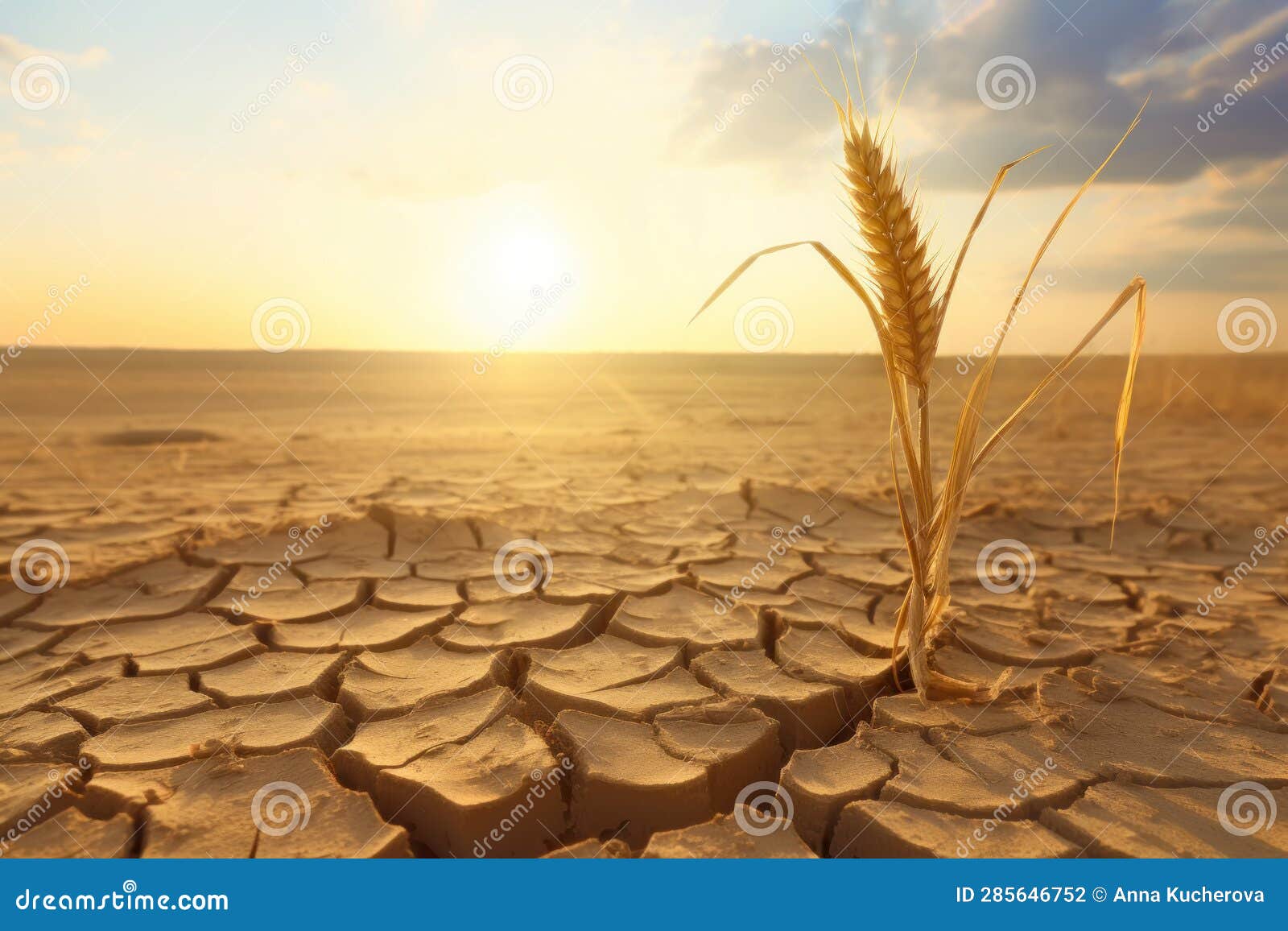Drought And Kangaroo Overgrazing: A Growing Crisis In South Australia's Farming Sector

Table of Contents
The Devastating Impact of Drought in South Australia
The prolonged drought gripping South Australia has had a catastrophic effect on the state's agricultural landscape. The lack of rainfall has created a perfect storm of challenges for farmers, impacting both crop production and livestock farming.
Reduced Pasture Growth and Water Availability
Years of below-average rainfall have resulted in severely reduced pasture growth. South Australia has experienced significant rainfall deficits, with some regions receiving less than half their usual annual rainfall. This lack of moisture directly impacts pasture regeneration, creating a critical shortage of feed for livestock. Water sources, crucial for both livestock and irrigation, are also dwindling, exacerbating the situation.
- Decreased carrying capacity for livestock: Farmers are forced to reduce their herd sizes due to insufficient feed.
- Increased feed costs due to scarcity: The demand for supplementary feed soars, leading to increased costs and reduced profitability.
- Water stress impacting crop yields and livestock health: Water scarcity directly impacts crop yields and the health and productivity of livestock, leading to further economic losses.
Economic Hardship for Farmers
The drought's impact extends far beyond the agricultural fields; it's causing significant economic hardship for farmers. Reduced yields translate directly into decreased income, forcing many to accumulate debt and face the potential closure of their farms.
- Loss of income due to decreased yields: Farmers are struggling to maintain profitability, with many experiencing significant income reductions.
- Increased reliance on government assistance: Many farmers are forced to rely heavily on government drought relief programs to stay afloat.
- Mental health challenges faced by farmers: The financial pressure and uncertainty associated with prolonged drought have significant impacts on the mental well-being of farmers. The Australian Bureau of Statistics reports a concerning increase in farmer suicides during periods of prolonged drought.
The Exacerbating Effect of Kangaroo Overgrazing
Adding to the drought's devastation is the significant impact of overgrazing by kangaroo populations. High kangaroo numbers are further depleting already stressed pastures, accelerating land degradation and threatening the long-term sustainability of farming practices.
High Kangaroo Populations and Their Impact on Regeneration
Favorable breeding conditions in recent years, coupled with a lack of natural predators and limited control measures, have led to a surge in kangaroo populations across South Australia. These large populations are putting immense pressure on the remaining vegetation, further hindering pasture regeneration.
- Complete denuding of vegetation in some areas: In severely affected areas, kangaroos are stripping the land bare, leaving behind barren soil.
- Soil erosion due to loss of ground cover: The removal of vegetation exposes the soil to erosion, further reducing its productivity.
- Reduced biodiversity: Overgrazing by kangaroos can drastically reduce plant diversity, impacting the overall health of the ecosystem.
The Conflict Between Conservation and Agriculture
Managing kangaroo populations presents a complex challenge, balancing the needs of conservation with the economic realities of the agricultural sector. Culling remains a contentious issue, with strong arguments both for and against its implementation.
- Arguments for and against culling kangaroos: Supporters of culling highlight its effectiveness in controlling populations, while opponents raise ethical concerns and advocate for alternative management methods.
- Effectiveness of alternative management strategies (e.g., fencing, trapping): Fencing and trapping are considered more humane but often less effective and can be costly to implement over large areas.
- The role of government regulations: Government regulations regarding kangaroo management play a crucial role in determining the strategies employed and ensuring the sustainability of both kangaroo populations and the agricultural sector.
Potential Solutions and Mitigation Strategies
Addressing the combined crisis of drought and kangaroo overgrazing requires a multifaceted approach involving improved pasture management, effective kangaroo control, and strong government support.
Improved Pasture Management Techniques
Sustainable farming practices are crucial for improving the resilience and productivity of pastures in drought conditions.
- Drought-resistant crop varieties: Investing in and utilizing drought-resistant crop varieties can help to ensure more consistent yields, even during periods of low rainfall.
- Improved grazing management techniques (e.g., rotational grazing): Implementing rotational grazing strategies can help to improve pasture health and reduce the pressure on individual paddocks.
- Water conservation strategies: Implementing efficient irrigation systems and water harvesting techniques is crucial for minimizing water waste and maximizing the use of available resources.
Effective Kangaroo Management Strategies
Effective and humane methods for controlling kangaroo populations are essential for protecting pastures and ensuring the viability of the agricultural sector.
- Targeted culling programs: While controversial, targeted culling programs, implemented responsibly and ethically, can be an effective tool for managing high kangaroo populations.
- Contraception methods: Research into and implementation of kangaroo contraception methods offers a humane and potentially sustainable alternative to culling.
- Improved land management to reduce kangaroo attractiveness: Modifying land management practices to reduce the attractiveness of grazing areas to kangaroos can help to minimize the impact of overgrazing.
Government Support and Policy Interventions
Strong government support and policy interventions are critical for assisting farmers and implementing effective solutions to this multifaceted problem.
- Financial assistance programs: Providing adequate financial assistance programs to help farmers cope with drought and kangaroo overgrazing is crucial for their survival.
- Research funding for drought-resistant crops and kangaroo management: Investing in research and development for drought-resistant crops and innovative kangaroo management techniques is essential for long-term solutions.
- Policy changes to address the issue effectively: Government policies need to be adaptive and effective in addressing the intertwined challenges of drought and kangaroo overgrazing.
Conclusion
The combined impact of drought and kangaroo overgrazing poses a significant and urgent threat to South Australia's farming sector. The economic hardship, land degradation, and mental health challenges faced by farmers demand immediate and concerted action. To ensure the future of South Australia's farming sector, urgent action is required to combat the effects of drought and kangaroo overgrazing. Learn more about available support programs and advocate for sustainable solutions to this growing crisis. Let's work together to find effective solutions to protect this vital sector of South Australia's economy and environment.

Featured Posts
-
 Althyz Aldmny Fhm Alensryt Alkhfyt Fy Almjtme
May 29, 2025
Althyz Aldmny Fhm Alensryt Alkhfyt Fy Almjtme
May 29, 2025 -
 Spring Valley Vs Spring Mills A Comprehensive Look At The 88 36 Victory
May 29, 2025
Spring Valley Vs Spring Mills A Comprehensive Look At The 88 36 Victory
May 29, 2025 -
 Nyc Lush Spa Indulge In A 30 Minute Bubble Bath For 75
May 29, 2025
Nyc Lush Spa Indulge In A 30 Minute Bubble Bath For 75
May 29, 2025 -
 Prinsenstraat Venlo Onderzoek Na Schietincident
May 29, 2025
Prinsenstraat Venlo Onderzoek Na Schietincident
May 29, 2025 -
 Stranger Things Tales From 85 What We Know About The New Spin Off Series
May 29, 2025
Stranger Things Tales From 85 What We Know About The New Spin Off Series
May 29, 2025
